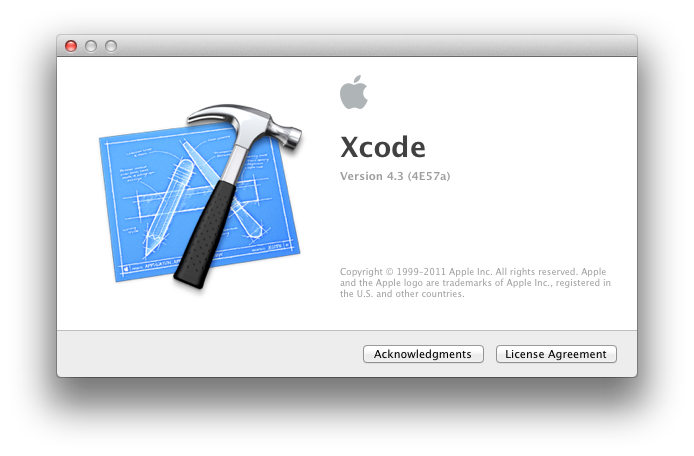
x is Bar? in Swift 4.2 and Bar? in Swift 5 If you apply try? to an optional type you will get a flattened optional, instead of a nested optional:.Keypaths in Swift 5 support the \.self syntax to refer to the entire input value:.in Swift 4.2, this would be Dog.call(with: "Kaylee").add_trick.call(with: "snore") Let dog2 = Dog("Kaylee").add_trick("snore")

in Swift 4.2, this would be dog.add_trick.call(with: "Roll over") in Swift 4.2, this would be let dog = Dog.call(with: "Brianna") You could import it in Swift using an interoperability layer and call its method in a more natural way: // import DogModule.Dog as Dog let Dog = icks = # creates a new empty list for each `Dog` For example, if you have a Python class: # Python class: For example, you can struct To圜allable Īlong with the introduced in Swift 4.2, aims to extend interoperability with dynamic languages like Python, JavaScript, Perl, and Ruby.

Those include type metadata, calling conventions, and data layout. According to the Swift ABI stability roadmap, all major tasks that were required to implement ABI stability are now complete, except for writing up the relevant technical specifications. Besides shrinking app sizes, ABI stability will also enable the use of binary frameworks that are not tied to the compiler used to build them and that are binary-compatible with multiple, including future Swift versions. The possibility of not packaging a runtime within app bundles is a direct consequence of Swift 5 ABI stability, a feature that has been on Swift's horizon since Swift 3. In addition to bringing new features at the language and tooling level, this new release produces smaller binary packages for iOS 12.2 by not including the Swift runtime in the app bundle.

The latest Xcode 10.2 beta release includes support for Swift 5.


 0 kommentar(er)
0 kommentar(er)
